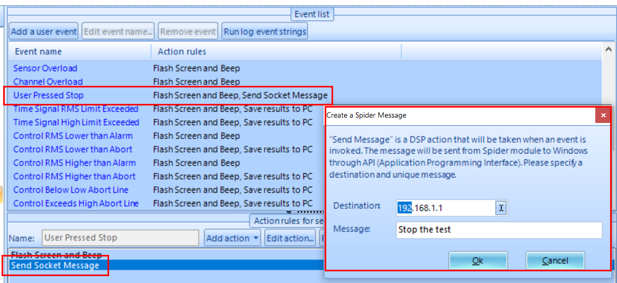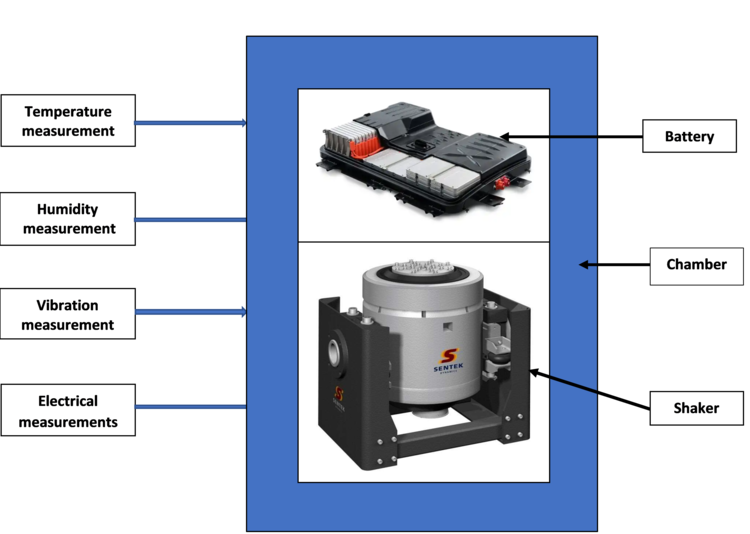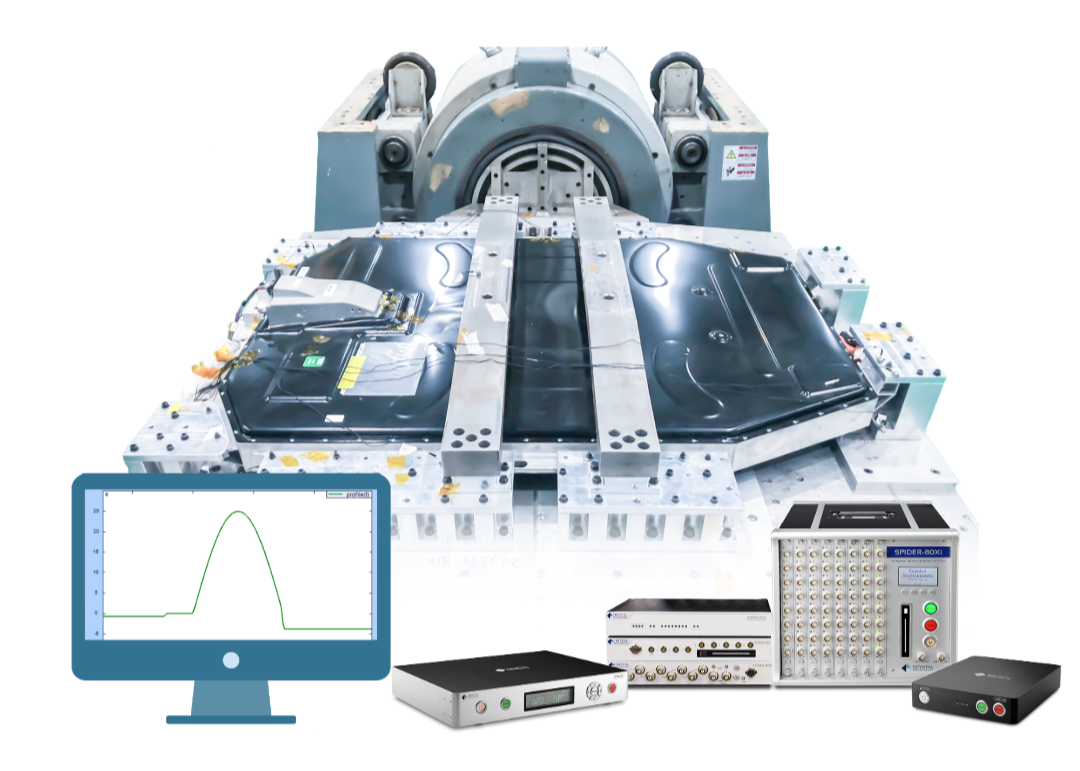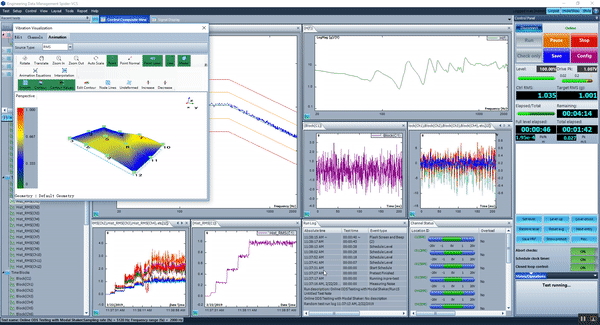Earthquake testing is a crucial process that is used to determine the seismic performance of a structure. The utilization of a physical testing method helps users better understand the complexity involved in earthquake forces. A shaker table is typically used to execute a physical method of testing. The results from earthquake testing are used to optimize the design and material properties of the unit under test.
Read MoreCrystal Instruments EDM 9.0 release introduces new additions to the Spider product line featuring support for sampling rates up to 256 kHz.
The new Spider-80Hi and Spider-80Ci are scalable versions of the Spider system featuring the impressive new 256 kHz sampling rate. Recording can also be performed at sampling rates up to 256 kHz for all input channels, up to 512 channels per Spider system.
The compact, ultra-portable four channel version of the Spider has also been developed to support a 256 kHz sampling rate. Currently, three variations of the compact Spiders supporting the 256 kHz sampling rate are available: Spider-20H, Spider-20HE, Spider-20i.
Read MoreThe International Safe Transit Association (ISTA) partnered with Amazon.com to develop the 6-Amazon.com testing series to challenge the capability of packages and products to withstand transportation standards while utilizing the general simulation of actual transport hazards. Please note that these tests may not comply with carrier packaging regulations and are designed only to address transportation hazards.
Read MoreA socket client can send messages to EDM and may receive data or an acknowledgment message as a reply. Users can configure the event-action rules of a vibration control system (VCS) test to send socket messages to a socket client when certain system events occur.
Read MoreVibration testing of automotive components helps manufacturers ensure both a sound design and improved reliability. The current growing demand for electric vehicles has placed battery testing into the spotlight and as a result, attention for vibration tests of electric vehicle batteries has increased.
Read MoreIt is difficult to imagine the actual vibration level and distribution from the numerical display or signals, which are basically a mathematical representation of the vibration experienced by the structure under test. Animating the structure’s deformation provides users with a clearer representation of the intensity from vibration.
Read MoreCrystal Instruments is committed to the continuous innovation of our solutions and providing the best user experience possible. By adopting the latest developments in software technology, our team has developed a convenient modern aesthetic in addition to a feature-rich experience for Engineering Data Management (EDM) software, which serves the entire product line.
Read MoreCrystal Instruments is excited to announce the addition of Strain Rate feedback to its arsenal of non-acceleration vibrational control strategies. The Spider-80SG/SGi system now supports the use of strain gauges as the primary control transducers. This feature allows users to define test profiles as a function of strain and frequency.
Read MoreResearch into new-technology batteries has accelerated over the last decade with the promise of energy density being significantly improved. This research has led to more lithium-ion battery applications in aircraft, electric and hybrid vehicles (EVs and HEVs), 2 and 4-wheel light electric vehicles (LEVs) and personal items such as laptops and wearable devices.
Read MoreLithium-ion batteries are gaining popularity as the most common battery type used for electric vehicles. During their lifespan, these batteries undergo a variety of vibrations and temperature changes. Several common test standards have developed to simulate the long-term environmental effects on these batteries across different size levels (e.g. cell, module, pack).
Read MoreBattery packs are one of the two main components relied on by Electric Vehicles (EV) for vital parameters such as speed, mileage, and torque. Hundreds or thousands of battery cells must be combined to provide the demanded voltage and current required to drive electric vehicles (EV).
Read MoreEDM’s Account Management program controls the accessibility of features from different users. This provides a structure for managing the privileges for different groups of users. The Account Manager can be used to prevent lower-level users from adjusting parameters or display settings. It also allows users to customize the toolbars for a simplified user interface. By hiding certain features, the UI can be made much easier to use.
Read MoreCombined vibration testing is gaining prominence due to the advancement of test equipment technology driven by the need to accomplish simultaneous testing of multiple measurement quantities. Vibration testing combined with temperature, humidity or a combination of other quantities has enabled the creation of test environments closely resembling typical scenarios in which DUTs operate.
Read MoreCrystal Instruments recently released version of EDM 8.0 software allows users to view the selected characteristics (e.g., Peak, RMS or Peak to Peak) of a channel versus time for the entire duration of the test. This feature is included in all vibration control tests and allows users to track user-defined characteristics of any channel (including the control signal) for the duration of a test.
Read MoreThe EDM Vibration Visualization feature is available in all modules of EDM software (VCS, DSA and Modal). This option provides fast and efficient structural model generation and full 3D visualization of the online vibration pattern on the structure under test
Read More














